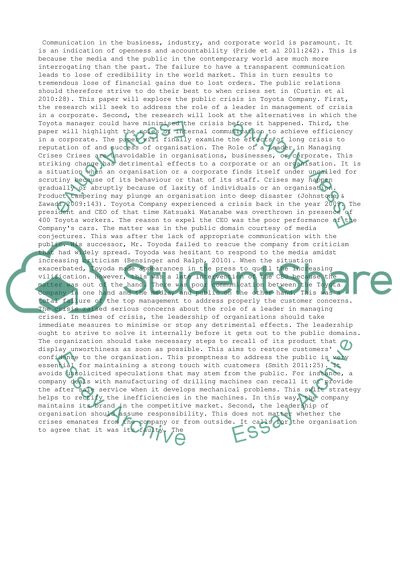Cite this document
(“Public Relations Essay Example | Topics and Well Written Essays - 1750 words”, n.d.)
Retrieved from https://studentshare.org/business/1397482-puplic-relation-toyata-case-study
Retrieved from https://studentshare.org/business/1397482-puplic-relation-toyata-case-study
(Public Relations Essay Example | Topics and Well Written Essays - 1750 Words)
https://studentshare.org/business/1397482-puplic-relation-toyata-case-study.
https://studentshare.org/business/1397482-puplic-relation-toyata-case-study.
“Public Relations Essay Example | Topics and Well Written Essays - 1750 Words”, n.d. https://studentshare.org/business/1397482-puplic-relation-toyata-case-study.


